SEGREGATION STORY
Gordon Parks
Steidl/ High Museum of Art, Atlanta
Gordon Parks
Steidl/ High Museum of Art, Atlanta
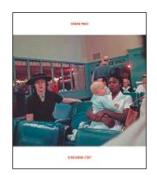
In 1956, Gordon Parks was in Mobile, Alabama, shooting a story for Life that would be published in the magazine as "The Restraints: Open and Hidden." The wider project was an intimate portrait of a black family living in one of the most uneasy periods for the civil rights movement. The Jim Crow South that most people are used to seeing isn't here, though. There are no sweaty white policemen hosing down protesters, no marches, crime scenes, or burning crosses. The photos in Segregation Story are calm. They are also in color, which creates the disconcerting feeling that many of them could have been taken in 2014, in one of the South's still impoverished black communities. The dignity and beauty in Parks's pictures is just as moving as any photo of a spit-flecked racist berating a flag-waving black child.
SKINHEAD—AN ARCHIVE
Toby Mott
Ditto Press
Toby Mott
Ditto Press
Advertisement
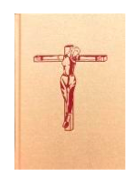
The last 15 years have seen the full cycle of renewed interest in skinhead culture and fashion. From cult books such as Gavin Watson's Skins to mainstream fascination sparked by This Is England,it's now got to the point where every bartender in London looks like they're off to an Oi!-themed fancy dress party. But irrespective of the boom, this is a complex subculture that remains misunderstood. Skinhead—An Archive is not an account, nor a history or photo project. It is, as it says, an archive—the result of artist Toby Mott's compulsive hoarding. His collection of skinhead paraphernalia, including Combat 18 manifestoes, Skrewdriver posters, gay skinhead zines, and suede head concert flyers, is reproduced here, offering an unusually objective look at how this aesthetic managed to mean so much to such a diverse range of people.AFGHANISTAN
Larry Towell
Aperture
Larry Towell
Aperture

We, as in "the West," have been slogging about in Afghanistan for a long time, and it feels like the war-torn country, its people and the lives they lead seem all to familiar to us. But this book reminds us that however long we think we've known Afghanistan and its war, its people have known war far longer: 30 years of conflict have shaped the nation. In Afghanistan, Magnum photographer Larry Towell offers and engrossing overview of his time in the country. Using a mixture of reportage, portrait and still-life photos in color and black-and-white, Towell's collages of everything from playing cards, weapons, hats, used targets, and unit insignia are tied together with his annotations and notes. This is as full and varied a memoir of a person's time in a country as you might hope to see.
Advertisement
THE MORE I LEARN ABOUT WOMEN
Lisa Kereszi
J&L Books
Lisa Kereszi
J&L Books
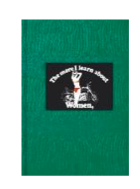
I don't know what most people would do if they found a collection of moldy albums full of photos of biker chicks (in various states of undress) in their father's wardrobe. I suspect they wouldn't re-photograph them and publish a book of the images, but fortunately that's what Lisa Kereszi did. As much as this is an amazing smutty and tawdry window into the secret life of a biker dad, it is also a pretty sad book, one that, as Kereszi points out in the brief afterword, seems to explain the whereabouts of her often absent father. The More I Learn About Women treads a touching line between affection and curiosity, mixed with a sense of almost childlike vengeance for her father's infidelity and neglect.INVISIBLE CITY
Ken Schles
Steidl
Ken Schles
Steidl
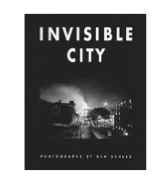
The reprint of Ken Schles's 1988 original still hits as hard as it did back then. Arguably, the slow creep of gentrification this past decade makes the book feel weirdly prescient. Ten years of photos of New York's Lower East Side, in its grimy and raucous 80s incarnation, lets us into a world that seems further away than a quarter of a century. The photos of Schles's friends, their lives and the city are grainy, messy, intimate. But had you been in New York in 1988 would you have even glimpsed this world? Probably not. There's a feeling that this world is one that was only ever there for Schles and his coterie of pals. It makes the reader feel invasive, which only heightens the feeling of a lost era and way of life.THE AL-ASSAD CAMPAIGN, DAMASCUS 2008
Tim Smyth
Bemojake
Tim Smyth
Bemojake
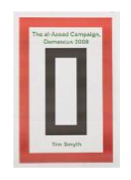
After four years of bloody conflict in Syria, it is becoming hard for many non-Syrians to think of the country without conjuring up acres of rubble, maimed civilians and bullet-scarred buildings. Smyth's tabloid-sized publication transports us back to 2008, to the streets of Damascus, which seem, in retrospect, eerily tranquil. In every shot, often hidden from plain view, peeping from behind a curtain or nestled on a windowsill, is the face of Assad—an omniscient presence ready to clamp down at the first signs of unrest. Seeing these photos now suggests that the country's plight was always there. Where are these people now? How do these streets, pool halls, restaurants, and homes look today? This ghostly flashback is as chilling as it is striking.
